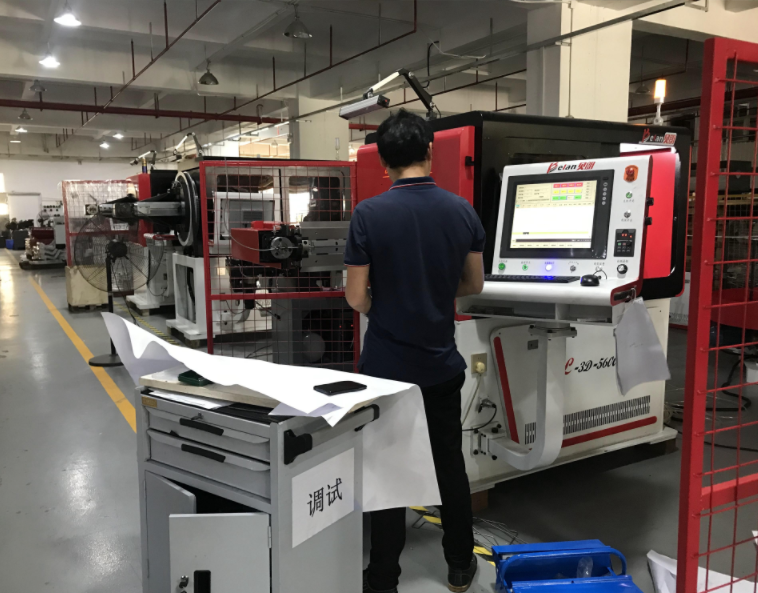The important structures of wire CNC bending machine mainly include the following key components: rotary arm, angle bender, cutting knife, wire feeding frame, straightening structure, controller, computer wire feeding box.

1. Swivel arm: according to the rotation of the rotary arm, the steel wire bending machine completes 3D spatial angle forming:
2. Angle bender: It is usually curved, and different angle benders are used for different viewing angles,
3. Wire feeding frame: mainly used for wire bending machine wire feeding;
4. Controller: it converts the computer system into motor operation instructions and is used to control the servo motor. It belongs to the same server control system and is mainly used in high-precision mobile phone positioning system. 5. Straightening structure: it is used for cable straightening;
6. Wire feeding frame: load-bearing cable, which is led out under the tensile force of the wire bending machine host; 7. Computer: Operate the controller and edit the program for production.
Is the structure of steel wire bending machine much clearer through such interpretation? Let's understand its working principle:

The steel wire bending machine is formed by the cooperation of five AC servo motors, including the wire feeding and winding disk, the rotary arm shaft (the rotary head shaft), the cutting knife shaft, the victory and defeat shaft, and the angle bending shaft. Various visual angles are formed according to the rotation of the rotary head shaft. After forming, the servo motor is cut off to produce the next piece.

 +86-18098256570
+86-18098256570  Email
Email

